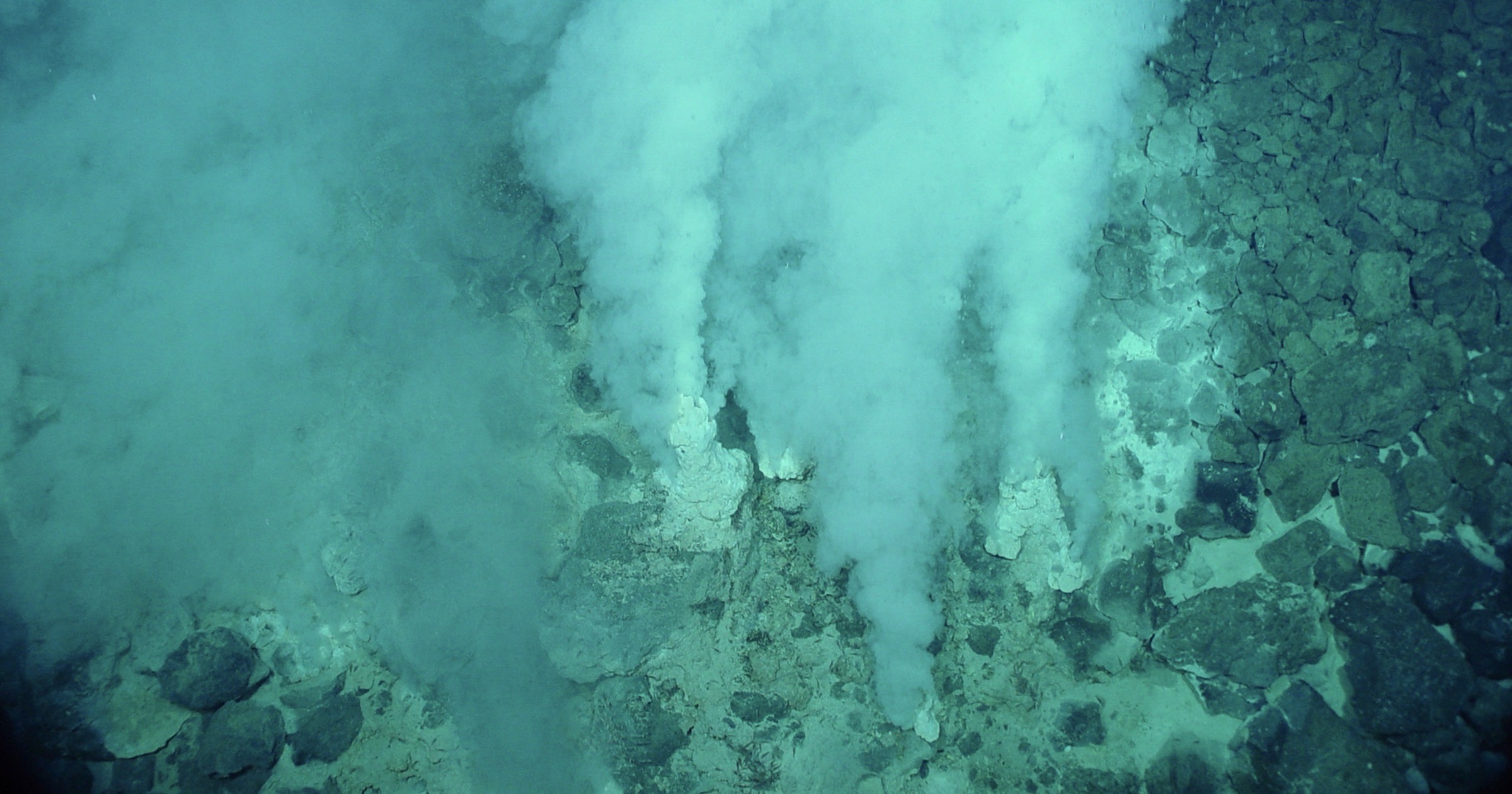 Evolution
Evolution
 Intelligent Design
Intelligent Design
Top Ten Cheats in “Monumental” Origin of Life Research

A Washington Post headline recently declared that a “monumental experiment suggests how life on Earth may have started.” The reality, however, is far more sobering. On a new episode of ID the Future, host Eric Anderson sits down with an accomplished medical engineer and origin of life author, Robert Stadler, to discuss what this new research actually shows and the relevance to abiogenesis.
Brand new research from the Salk Institute has just been published relating to the origin of self-replicating RNA — a lynchpin in the RNA-world hypothesis. The PNAS paper, by well-known origin of life researcher Gerald Joyce and colleagues, is titled “RNA-catalyzed evolution of catalytic RNA,” and it seeks to demonstrate the evolution of RNA enzymes that have “progressively increasing fitness.”
To their credit, the Salk Institute authors recognize that they are still unable to produce a self-replicating RNA. Yet even the much more modest results of their latest research into increased fitness of a “catalytic RNA” underscore challenges with the RNA-world hypothesis. Stadler and Anderson discuss at least ten ways in which the researchers influenced and guided the results in ways that are unrealistic to an early Earth environment — a list of the “top ten cheats,” if you will.
This more realistic assessment of this “monumental” research reveals the critical role of intelligent intervention and the utter implausibility of an unguided undirected RNA-world scenario. Download the podcast or listen to it here.
Dig Deeper
- Watch Dr. Stephen Meyer and Dr. James Tour discuss the latest critiques of the origin of life research field:
